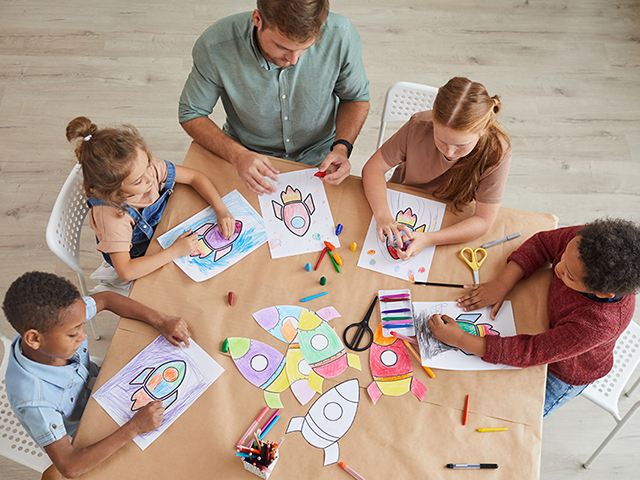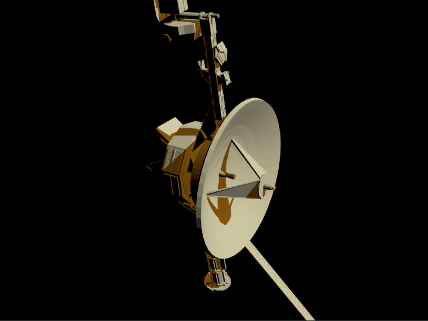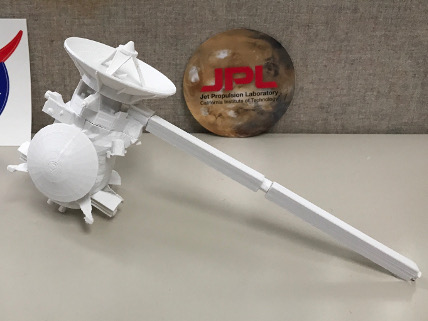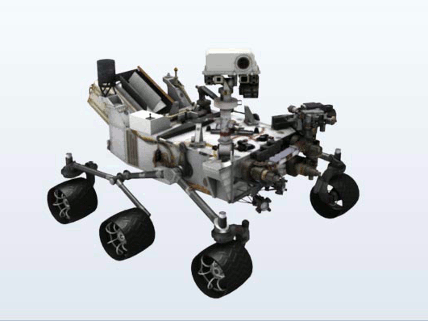Hands-on Activities and Make-Your-Own Models
NEW: Learn about the scale of the solar system: Make a chalk drawing of the solar system on your sidewalk, a planetary Easter egg hunt, or a jack-o-lantern solar system, and learn about the RPS-powered NASA missions that have explored each planet. Download the "Power Up with Solar System Activities" guide.
Here are some coloring pages of radioisotope-powered spacecraft for you to download, print, and color:
Apollo - astronauts used radioisotope thermoelectric generators to power experiments on the surface of the moon
Pioneer 10 & 11 - the first spacecraft that went by Jupiter and Saturn
Viking - the first robotic landers on the surface of Mars
Voyager 1 & 2 - Voyager 1 flew by Jupter and Saturn; Voyager 2 flew by Jupiter, Saturn, Uranus, and Neptune
Cassini - the first spacecraft to orbit Saturn and study the planet, its rings, and its moons. Cassini orbited Saturn for 13 years, discovered new moons, and mapped the surface of its largest moon, Titan
Mars Curiosity Rover - an RPS-powered robot that is exploring the surface of Mars
New Horizons - the first spacecraft to fly by Pluto and its moons
Dragonfly - a planned future mission to Saturn's largest moon, Titan
Here are some 3D models and some fun hands-on activities that show when, where, and how NASA uses radioisotope power to enable spacecraft to explore the solar system.
You can build your own cardboard model of a Multi-Mission Radioisotope Thermoelectric Generator, the power supply for the Curiosity and Perseverance rovers on Mars. The building instructions can be found here: Make Your Own MMRTG
You can 3D print the RPS-powered Voyager 1 and 2 spacecraft. Download the 3D printing file.
You can 3D print the RPS-powered Cassini spacecraft that orbited Saturn for 13 years. Download the 3D printing file.
You can 3D print the RPS-powered Mars Curiosity Rover. Download the 3D printing file.
You can 3D print the RPS-powered New Horizons spacecraft that flew by Pluto. Download the 3D printing file.








